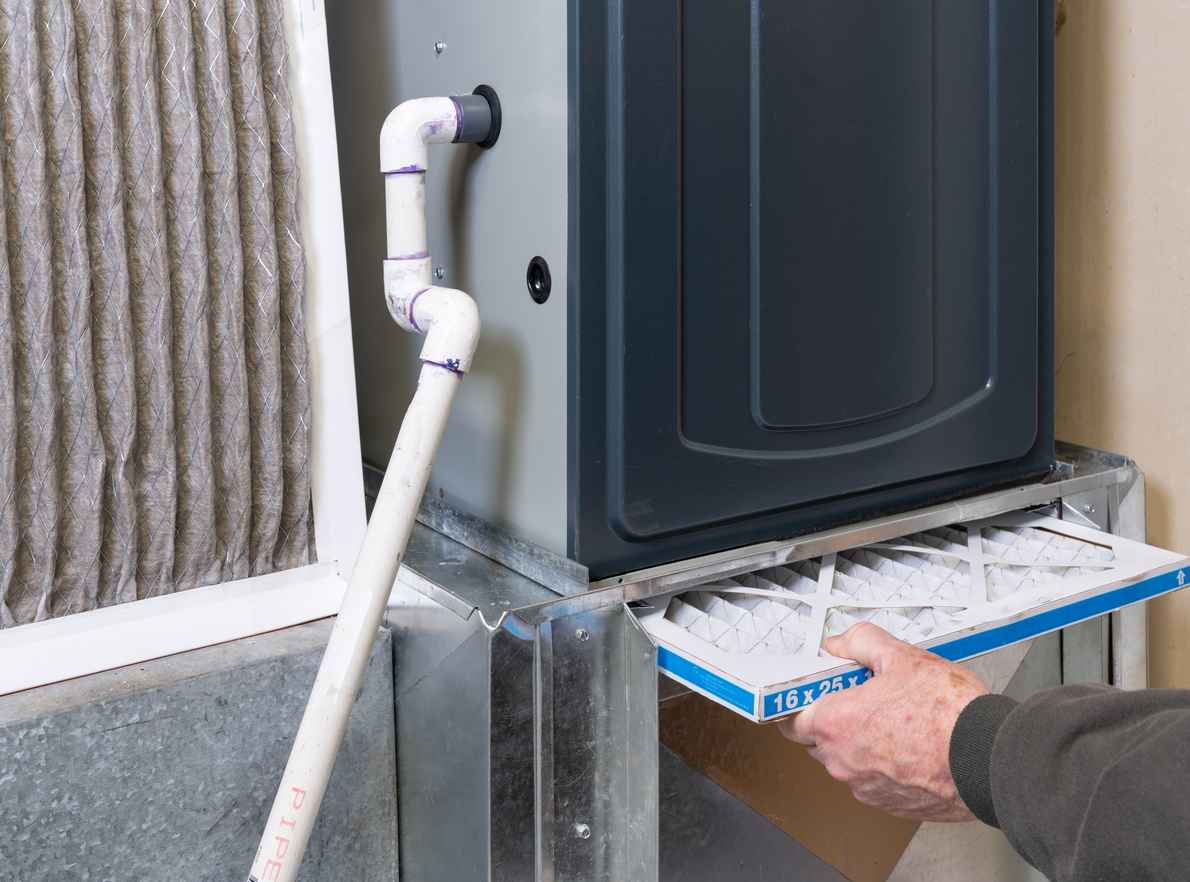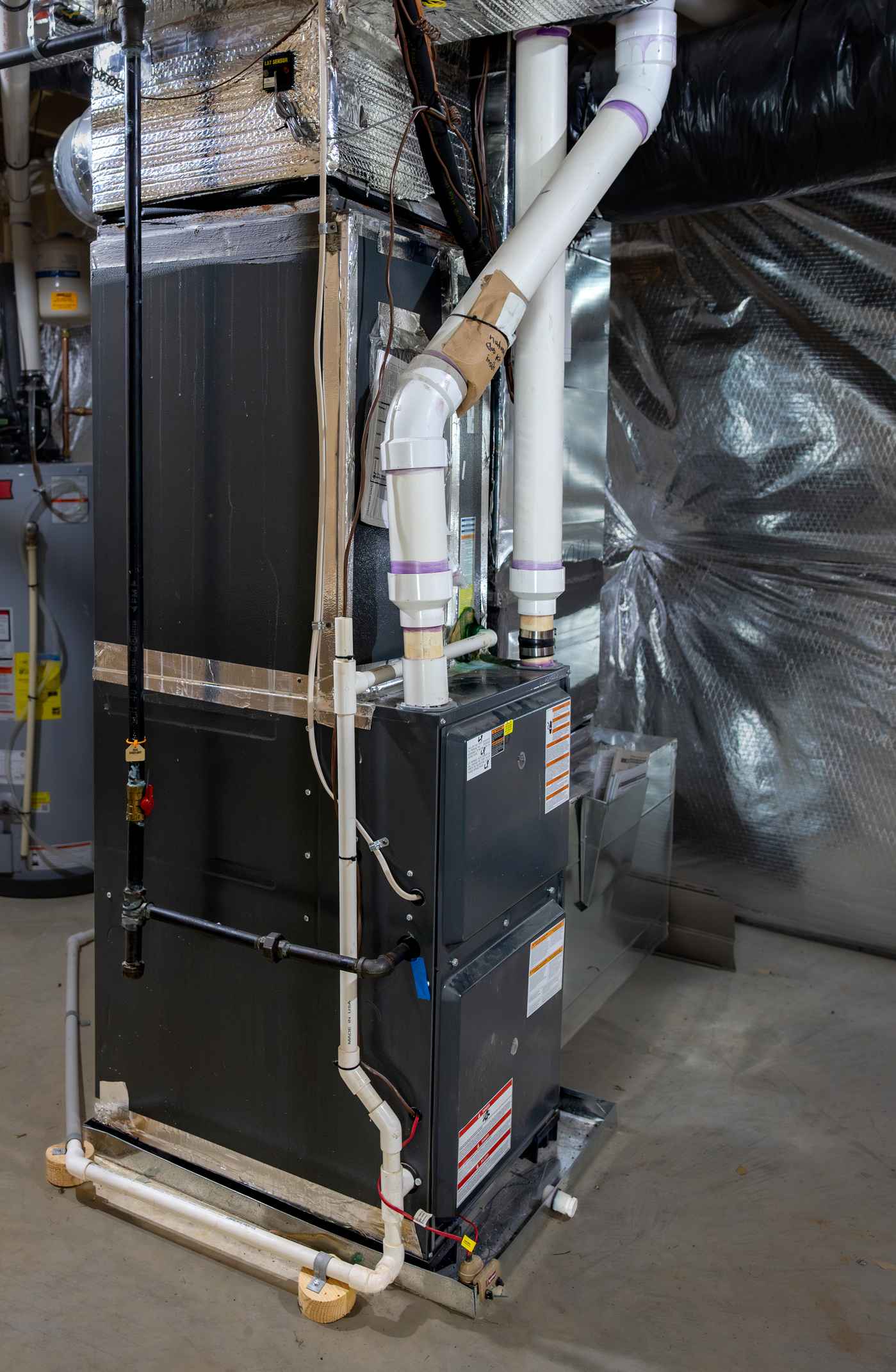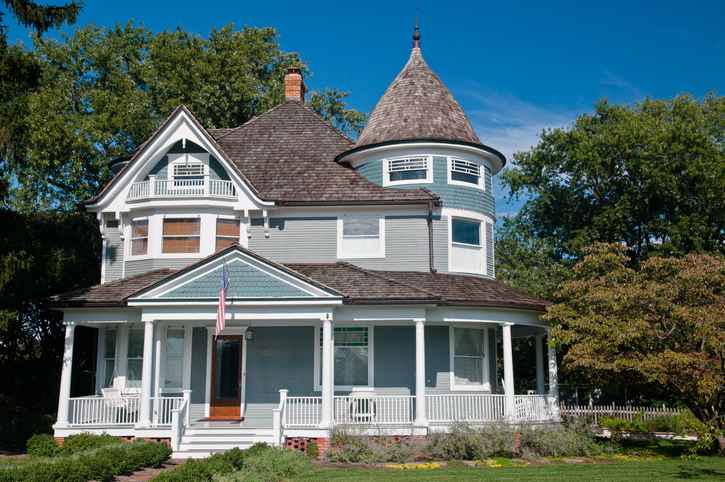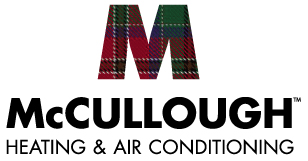4.8 Google Rating

What You Need to Know About the R22 Phase Out
If your HVAC system was installed before 2010, there’s a good chance it relies on R22 refrigerant, commonly known as Freon. For many years, R22 was the standard refrigerant for air conditioners and heat pumps. However, environmental concerns about ozone depletion led to its phase out. The R22 phaseout, which has been in progress for several years, is now in full effect, and understanding what this means for your cooling system is essential for homeowners who want to stay compliant with regulations and keep their homes comfortable.
What Is R22 and Why Is It Being Phased Out?
R22 is a type of hydrochlorofluorocarbon (HCFC) refrigerant that was widely used in air conditioning systems due to its effective cooling properties. However, it was discovered that R22 contributes to ozone depletion, which led to its classification as an environmental hazard. The Montreal Protocol, an international treaty aimed at reducing the production of ozone-depleting substances, mandated a gradual phase out of R22.
In the United States, the Environmental Protection Agency (EPA) has enforced strict guidelines to reduce the use of R22. As of January 1, 2020, the production and import of R22 in the U.S. are banned, meaning that any new R22 refrigerant on the market comes from reclaimed or recycled sources. This has made the remaining supply expensive and difficult to obtain.
How Does the R22 Phase Out Affect Homeowners?
If your HVAC system uses R22, the phase out can have significant implications. While existing systems can still operate using R22, getting refrigerant for repairs or leaks is becoming increasingly costly. This is because, with no new production of R22, the available supply is limited. The longer you wait, the more expensive it will become to maintain an R22-based system.
In addition to the rising cost of refrigerant, there is also the environmental factor. Systems that rely on R22 are more prone to leaks, and since R22 is harmful to the ozone layer, leaks can contribute to environmental damage. This makes it essential for homeowners to consider whether continuing to use an R22 system is the best choice.
What Are Your Options If You Have an R22-Based System?
If you own an HVAC system that uses R22, there are several options to consider in light of the phase out:
- Continue with R22 (At a Cost): While it’s legal to continue using R22 in existing systems, the cost of maintaining such a system is increasing. As the supply of R22 dwindles, refrigerant prices are likely to continue rising. Eventually, finding R22 for necessary repairs may become difficult or impossible.
- Retrofit Your Existing System: Retrofitting involves modifying your existing HVAC system to use an alternative refrigerant, such as R410A. Retrofitting is a more affordable option than a complete replacement, but not all systems are suitable for retrofitting. It’s important to consult a professional technician to determine if your system can be converted. Keep in mind that even with retrofitting, older systems may not perform as efficiently with a new refrigerant.
- Upgrade to a New System: The best long-term solution for many homeowners is to replace the old R22-based system with a new one that uses an environmentally friendly refrigerant like R410A. Newer systems are more energy-efficient, which means they can help lower your energy bills and reduce your environmental footprint. While the upfront cost of replacing your HVAC system can be high, the long-term savings on repairs and energy costs make this a worthwhile investment.
What Is R410A, and Why Is It a Better Alternative?
R410A, commonly referred to as Puron, is the refrigerant that has replaced R22 in modern HVAC systems. Unlike R22, R410A does not contribute to ozone depletion, making it a more environmentally responsible choice. It is also more energy-efficient, helping modern air conditioning systems run more effectively.
Switching to R410A also means you’re using a refrigerant that will be readily available for the foreseeable future. Because R410A is the new industry standard, its cost is stable, and homeowners won’t face the same scarcity issues as with R22. Furthermore, HVAC systems designed to use R410A tend to offer better cooling performance, helping to improve overall comfort in your home.
Why You Should Act Now
If your system is still using R22, now is the time to act. Waiting for a major breakdown or refrigerant leak could leave you scrambling for costly repairs at a time when R22 is even harder to find. By planning ahead and exploring your options for retrofitting or replacing your system, you can avoid the high costs associated with emergency repairs and ensure your home stays comfortable.
Additionally, upgrading to a newer system can provide immediate benefits. Not only will you be using a more environmentally friendly refrigerant, but you’ll also likely notice lower energy bills thanks to improved system efficiency. Modern air conditioning systems are designed to meet today’s high energy-efficiency standards, meaning they use less energy to cool your home while delivering better performance.
How to Transition Away from R22
Transitioning away from R22 starts with understanding your options. Here’s what you should do:
- Schedule a System Inspection: Contact a professional HVAC technician to inspect your current system. They can assess whether retrofitting is possible or if a full replacement is the better option.
- Compare Costs: Evaluate the cost of retrofitting versus replacing your system. While retrofitting may seem like the cheaper option upfront, it might not be the best long-term solution if your system is old or inefficient.
- Consider Energy Savings: If you’re leaning toward replacing your system, think about the energy savings you’ll enjoy with a newer, more efficient unit. Over time, the energy savings can offset the cost of the new system.
- Consult a Professional: Talk to a licensed HVAC professional to help you make the best decision for your home. They can provide expert guidance on whether to retrofit or replace and help you select a system that meets your cooling needs.
Conclusion
The R22 phase out is a major change for homeowners who still rely on older HVAC systems. As R22 becomes harder to find and more expensive to purchase, it’s important to explore your options for retrofitting or upgrading your air conditioning system. By acting now, you can avoid high repair costs, improve your home’s energy efficiency, and ensure your cooling system is environmentally friendly.
Ready to make the switch? Contact McCullough Heating & Air Conditioning for all your cooling needs. Our expert team is here to help you transition away from R22 and ensure your home stays cool and comfortable with the best HVAC solutions available. Don’t wait—reach out to us today to schedule your consultation!
Recent News

The Hidden Costs of Ignoring HVAC Duct Leaks in Austin’s Humid Climate

What Makes McCullough Heating & Air Conditioning the Right Choice for Austin Heating Needs

Why Texas Homeowners Are Upgrading to Heat Pumps in 2026: Efficiency & Tax Credit Insights

Is Your Furnace Ready for a Central Texas Winter? Austin Homeowners Should Check This First

Don’t Get Spooked by Strange HVAC Noises This Halloween: Austin’s Guide to a Fright-Free, Cozy Home

Preparing Your Austin Home for the Switch from AC to Heat


